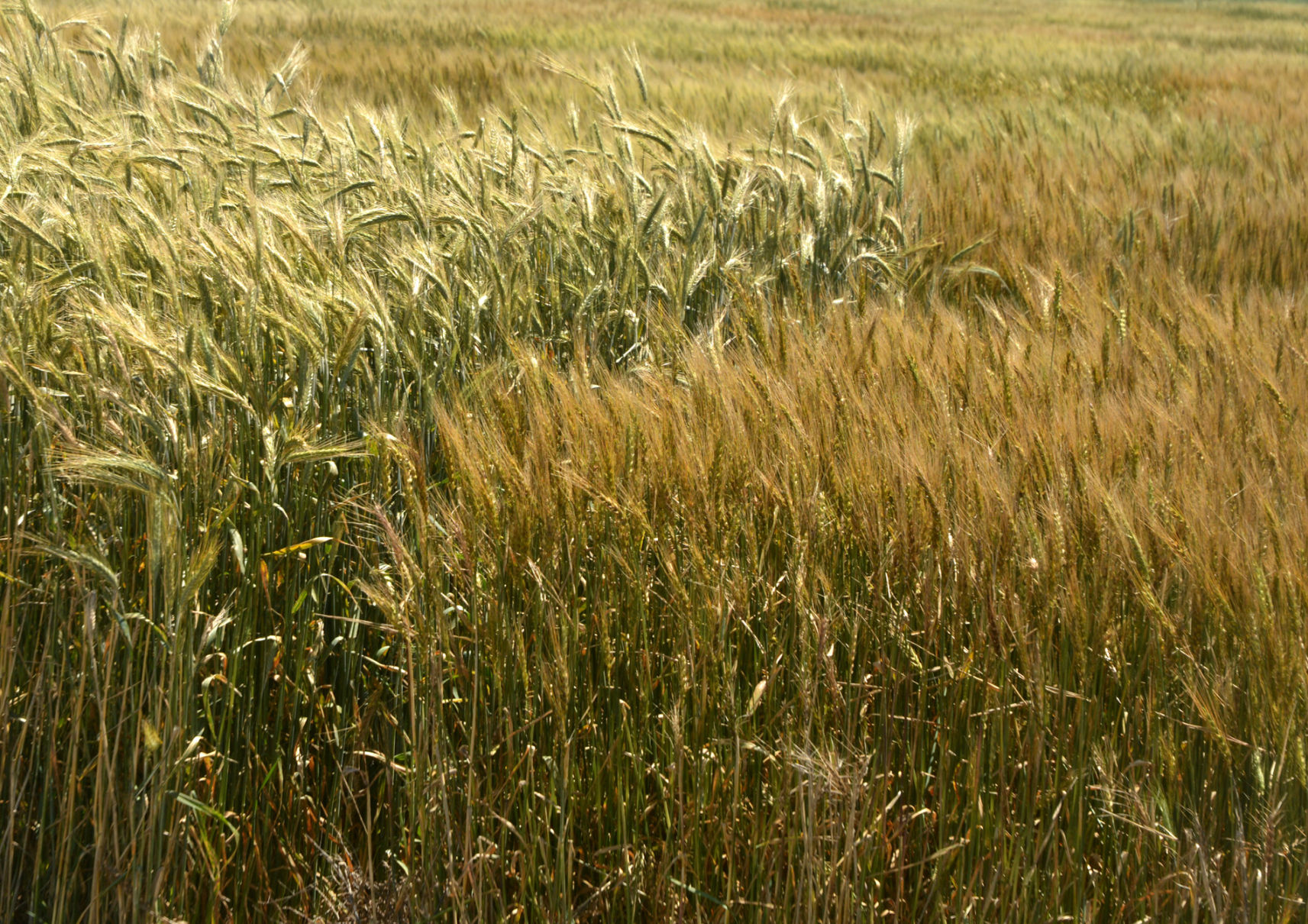When Russia invaded Ukraine in February 2022, global wheat prices spiked higher on concerns of dramatic global production loss, with Chicago wheat futures prices peaking near the $13 a bushel level.

As supply concerns eased, prices started to slide lower with Chicago wheat prices now trading in discount territory near $6 a bushel.
What’s happened
Since the war began, the global providers of wheat have stepped up to either attempt to grow more wheat or make sure that what was grown was available to reach the countries in need through protected safe vessel passage. This combination allowed the world to feel secure that wheat would be available to the world, thus sending prices lower on the perception of available supply.
With low global wheat prices, one would assume that the world is awash with wheat. The answer is actually no.
From marketing perspective
The September U.S. Department of Agriculture’s World Agricultural Supply and Demand Estimates report indicated that global supplies of wheat are slipping lower. World ending stocks of wheat were reduced to 258.6 million metric tons, which was well below pre-report estimates looking for ending stocks to be closer to 264 mmt. Supply was cut 7.2 mmt and usage was mostly unchanged, taking world ending stocks down 7 mmt from the August report. The new global ending stock number is actually the lowest since 2015-16.
The combination of strong demand and lower production is leading to lower global ending stocks for many countries around the world. And many of those countries are the leading global exporters of wheat.
First, let’s look to our friends to the north. On the recent USDA report, Canadian wheat production was decreased 2 million tons to 31 million metric tons. Since the USDA report was released, Statistics Canada pegged the crop even lower, putting their 2023-24 all wheat production at 29.835 million metric tons. Australia has been dealing with drought, and the USDA lowered its production by 3 million tons to 26 million. Production in Argentina was lowered to 16.5 million metric tons, down from 17.5 million the previous. A decrease in production was also noted for the European Union with production coming in at 134 million metric tons, down from 135 mmt a month ago.
When looking at all of the information, according to the USDA, “If realized, this would be the first year-to-year decline in global wheat production since 2018-19.”
Prepare yourself
With wheat prices trading dramatically lower for over one year, the tide may be turning as fundamentals, technical charts, and seasonal price aspect may be aligning for a price recovery bounce at a minimum.
From a technical perspective, December Chicago wheat futures posted a bullish hook reversal after the WASDE report, as the news of lower global supplies was deemed supportive.
Looking at the 5- and 15-year price pattern, the seasonal price tendency for December Chicago wheat futures suggest a one-month price recovery may be possible soon, often in conjunction to the last trading day for the September contract. Of course, past performance is not indicative of future results, but this is something to be mindful of, and may provide a marketing opportunity for producers should a price rally occur.
For a market that feels like it has been stuck on an “automatic sell button” for the past year, it might be time to re-think that strategy and wake up to the bargain buy value that the current wheat price represents.
If you have questions, you can reach Naomi at [email protected] or find her on twitter @naomiblohm.
Futures and options trading involve significant risk of loss and may not be suitable for everyone. Carefully consider whether such trading is suitable for you in light of your financial condition. Examples of seasonal price moves are not meant to imply that such moves or conditions are common occurrences or likely to occur. Futures prices have already factored in the seasonal aspects of supply and demand. Total Farm Marketing refers to Stewart-Peterson Group Inc., Stewart-Peterson Inc., and SP Risk Services LLC. Stewart-Peterson Group Inc. is registered with the Commodity Futures Trading Commission as an introducing broker and is a member of National Futures Association. Stewart-Peterson Inc. is a publishing company. SP Risk Services LLC is an insurance agency and an equal opportunity provider. A customer may have relationships with any of the three companies.



